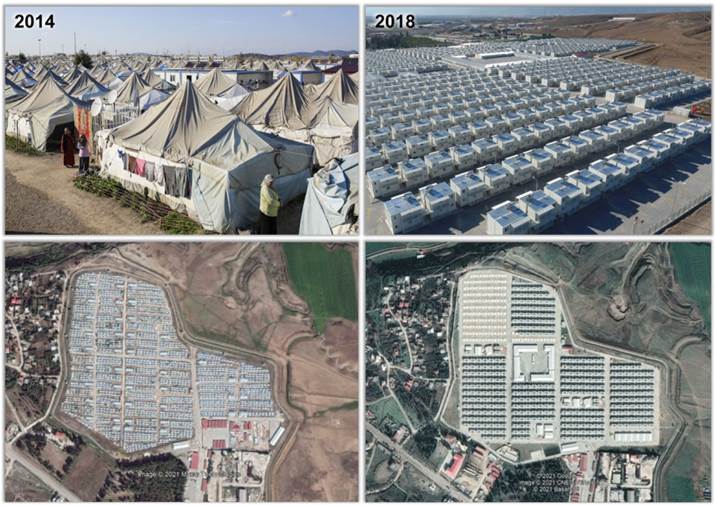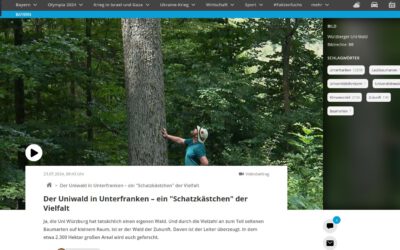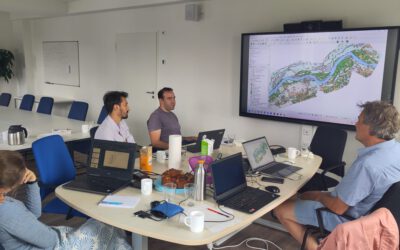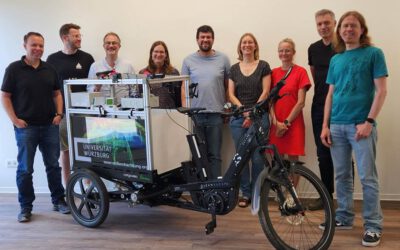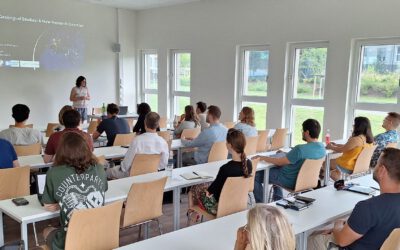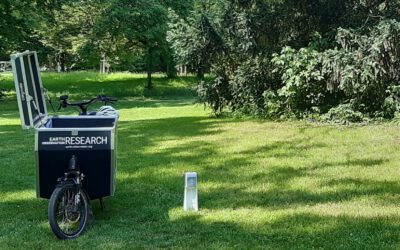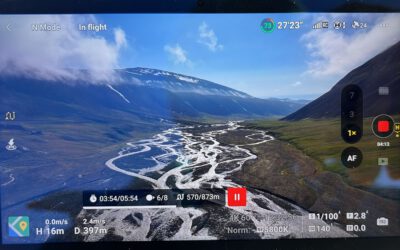New publication on the development of a structural catalogue of the settlement morphology in refugee and IDP camps
Researchers from the Earth Observation Center (EOC) of the German Aerospace Center (DLR) in Oberpfaffenhofen, the Munich University of Applied Sciences (MUAS) in Munich, and the University of Würzburg in Würzburg teamed up for a study on the morphologic analysis of refugee and IDP camps using satellite data. The paper titled “A structural catalogue of the settlement morphology in refugee and IDP camps” was just published in the International Journal of Geographical Information Science by Matthias Weigand, Simon Worbis, Marta Sapena & Hannes Taubenböck. They conceptualized the settlement morphology of refugee and IDP across the globe camps from satellite images and create a structure catalogue. The results show stark variations in settlement structures across camps. Despite some similar regional patterns, stark differences in morphologies are a testament to the global heterogeneous landscape of refugee and IDP camp structures.
From the Abstract: In the past decade, the number of refugees and internally displaced people (IDP) has doubled. This prompted the construction of more refugee camps and the proliferation of existing camps with diverse structural morphologies. Satellite imagery and machine learning (ML) are increasingly utilized to map these camps. However, there exists no standardized inventory that systemizes the built-up structures of these camps. In this study, we conceptualize the settlement morphology of refugee and IDP camps from satellite images and create a structure catalogue. Using visual image interpretation (VII) of very-high-resolution and multitemporal imagery, we compile a global database of settlement structures from 285 camps across 1,053 observations. This catalogue is subsequently used to synthesize patterns in camp structures and temporal dynamics. The results show stark variations in settlement structures across camps. Despite some similar regional patterns, stark differences in morphologies are a testament to the global heterogeneous landscape of refugee and IDP camp structures. These findings highlight the importance of considering morphological differences in image analyses across camps in future designs of ML-based automated detection and monitoring efforts. Therein, the Structure Catalogue serves as an important foundation for future earth observation for humanitarian applications.
Please find the full paper here: https://www.tandfonline.com/doi/full/10.1080/13658816.2023.2189724

